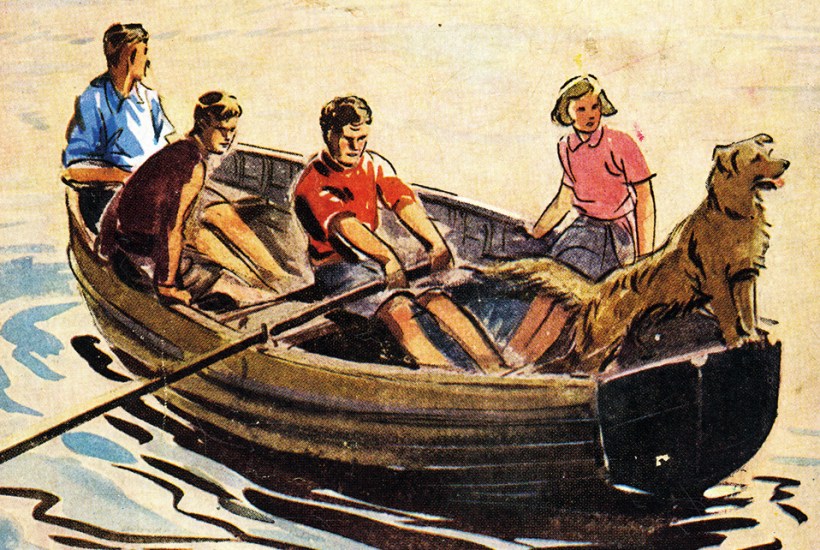Generations of readers of Enid Blyton’s Famous Five series have enjoyed the books without having to contemplate the erotic properties of the canine member of the quintet. After reading Nicholas Royle’s one-of-a-kind fantasia on Blyton and David Bowie, they may never be able to do so again. Royle writes confidently that ‘the most obvious route to thinking about sex in the Famous Five books is Timmy the dog’.
Already a subscriber? Log in
Subscribe for just $2 a week
Try a month of The Spectator Australia absolutely free and without commitment. Not only that but – if you choose to continue – you’ll pay just $2 a week for your first year.
- Unlimited access to spectator.com.au and app
- The weekly edition on the Spectator Australia app
- Spectator podcasts and newsletters
- Full access to spectator.co.uk
Or
Unlock this article
You might disagree with half of it, but you’ll enjoy reading all of it. Try your first month for free, then just $2 a week for the remainder of your first year.








Comments
Don't miss out
Join the conversation with other Spectator Australia readers. Subscribe to leave a comment.
SUBSCRIBEAlready a subscriber? Log in